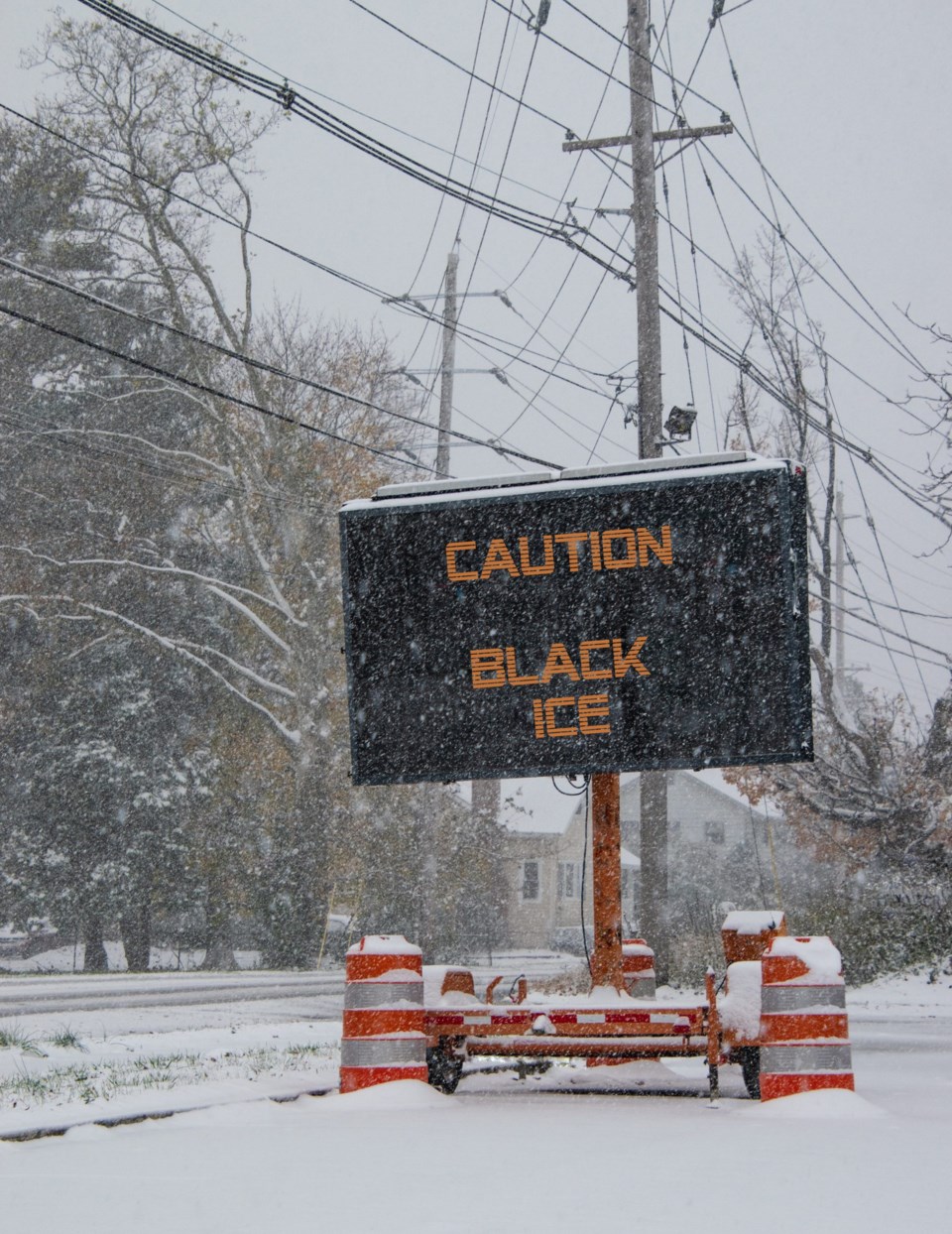On Feb. 20, President Joe Biden approved a major disaster declaration for Texas at Gov. Greg Abbott’s request following the severe winter storms that left thousands without power and with damage to their homes.
Once the president approves a disaster declaration, it then mobilizes various disaster aid types from the Federal Emergency Management Agency.
FEMA offers two primary forms of disaster aid— Public Assistance and Individual Assistance. Public Assistance helps repair damage to public areas and buildings. Individual Assistance gives funds or services to people and households to cover housing and personal property losses.
While Abbott requested the president approve both Public Assistance and Individual Assistance in all 254 Texas counties, Biden approved Public Assistance for all counties but Individual Assistance for only 77.
However, Collin County is one of the 77 counties that receive Individual Assistance. And, of course, along with every other county in the state, Collin County is eligible for Public Assistance.
But what does that mean, and how can residents of Collin County get FEMA aid after the winter storm? Below you’ll find everything you need to know about types of FEMA assistance and how to apply.
What Does Individual Assistance Cover?
In more depth, FEMA’s Individual Assistance program helps individuals impacted by disasters like the winter storm who have endured losses not covered by their insurance. The program also mobilizes direct assistance to state, territorial, tribal and local governments to help individual disaster survivors further, according to FEMA’s Individual Assistance Program and Policy Guide.
“[The Individual Assistance program] is not a substitute for insurance and cannot pay for all losses caused by a disaster,” FEMA’s website reads. “It is intended to meet basic needs and help you get back on your feet. FEMA is not empowered to make you whole.”
While this paragraph from FEMA’s website sounds grim, it is essential to note that, even if you have insurance, you can — and should — still apply.
Individual Assistance can help cover a wide variety of losses from a disaster. For example, following the winter storm, many Texans had pipes burst in their homes because of the freezing temperatures and can’t live in their homes. One of the myriad things Individual Assistance offers is rental assistance.
What Does Public Assistance Cover?
FEMA’s Public Assistance program gives grants to state, territorial, tribal and local governments, along with some private non-profits, to help with disaster response and recovery, according to FEMA’s Public Assistance Program and Policy Guide. For example, the grants can help with debris removal, emergency measures and facility restoration.
Essentially, FEMA gives grants so “that communities can quickly respond to and recover from major disasters or emergencies,” according to the guide. The program also assists governments in hazard mitigation measures.
FEMA gives the state, territorial, tribal and local governments the funding, which then disburse it to eligible recipients.
What About Damage to Businesses?
Sadly, FEMA’s Individual Assistance and Public Assistance programs do not cover damage to businesses. FEMA recommends applying for a Small Business Administration loan if your business was damaged in the winter storm.
FEMA partners with the SBA to give low-interest disaster loans to homeowners and renters to cover damage not covered by FEMA or insurance, according to FEMA’s website.
“Since the FEMA Individuals and Households Program does not provide grant assistance to businesses, or rental properties that are not occupied by the owner as a primary residence, FEMA applications of this type are automatically referred to the SBA for disaster loan consideration,” FEMA’s website reads.
How do I Apply for Individual Assistance?
To apply for FEMA’s Individual Assistance, it’s crucial to make sure you qualify first. Along with being in a county granted Individual Assistance, you must be a U.S. citizen, non-citizen national or a “qualified alien.” FEMA must also be able to verify your identity.
Further, your insurance or any other type of disaster aid you receive can’t meet your “disaster-caused needs,” and your “necessary expenses and serious needs” have to be directly caused by the declared disaster.
If you have insurance, file your claim before filing through FEMA — even if you know insurance won't cover your claim.
After checking your eligibility and filing your insurance claim, if applicable, click here to start the application process. You’re not sure which type of assistance you are eligible for, click on “Find Assistance.”
How Do I Apply for Public Assistance?
Public Assistance is for state, territory, tribe or local governments, or private non-profit organizations, according to FEMA’s Public Assistance program overview. The three main things these entities can be given grants for are facilities, work and cost.
In order for the state, territory, tribe, local government or private non-profit to get assistance for repairing a facility, it must be considered a building, public works, system, equipment or natural feature. To get assistance, it must be in the disaster area, resulted from the disaster and the applicant’s legal responsibility.
Costs must cover eligible work, which includes labor, contract work, materials, equipment, and direct and indirect administrative costs.
To apply, click here and click on “Apply Online.”
If you’re not sure which assistance you’re eligible for, click on “Find Assistance.”
How do I Apply for an SBA Loan?
Luckily, you do not need a “small” business or even a business to apply for an SBA loan. According to the SBA’s website, businesses “of all sizes” in disaster-declared areas can use SBA loans. Private non-profits, homeowners and renters can use them too.
Losses are only eligible for an SBA loan if insurance and FEMA won't cover them. They must also be business operating expenses “that could have been met” if the disaster didn’t happen.
To apply for an SBA loan, click here.




